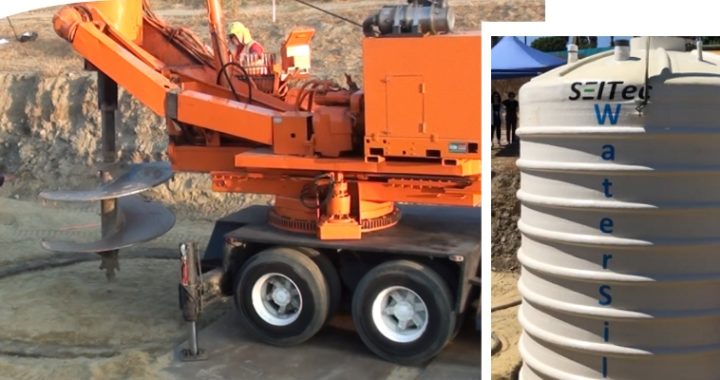Stormwater storage and use stand out as an incredible sustainable move, taking ahead of the concept of ‘reuse’ and the unique practice of stormwater collection. Today, stormwater storage is emphasized because it is good for your safety and overall. In this blog, we will take you through every critical detail about stormwater/rooftop rainwater harvesting:
What is a stormwater storage system?
Stormwater hails directly from any precipitation falling from the sky like rain, sleet, or melting snow and can be effectively stored with effective stormwater management.
As more developmental projects are carried forward, the changes in the natural patterns and rates of runoff Mother Nature surface. The construction of new buildings, the creation of parking lots, and mapping of roadways, however, can lay a great effect on the volume and velocity of natural runoff, laying forth the significant need of the hour to properly convey the stormwater safely to its final destination, that is usually its designated body of water.
Why does stormwater storage matter?
In the modern era laying an onus of focus upon the construction of roads, buildings, and other structures, the natural infiltration of runoff is interrupted, thereby causing increased rates of runoff and localized flooding. Apart from this, the increased levels of the impervious surface area give rise to the pollution to streams, rivers, and creeks. Decreased infiltration and increased runoff forward the need for stormwater management, including a rainwater harvesting system, which greatly benefits people in terms of (health, welfare, and safety) and the environment (health, function, and sustainability).
When talking about traditional stormwater management, the process usually includes detention ponds that dotted our communities. These ponds detain stormwater runoff, holding it and then slowly releasing it to the nearest water body over time. While this does stand out as an effective plan to manage stormwater, it often accompanies its shortcomings. Traditional ponds were not sized to cater to what is been considered a minimum “water quality” storm event.
Three main components that are considered in contemporary stormwater management design include:
- Best-in-class treatment of water quality
- Control of excess runoff volume and velocity
- Groundwater infiltration
Controlling the volume and velocity of stormwater helps people to center attention on important functions, including flood risk management and storm damage prevention. Furthermore, groundwater recharge is seen as a crucial step of stormwater management. It helps keep up the base flow in nearby located streams and wetlands, fulfilling drinking water supplies and minimizing the overall volume of runoff that effectively reduces or eliminates erosion.
Perhaps one of the most important factors to consider in stormwater management is reducing pollution and supporting clean water quality. This initiative supports both ecosystem and community health, function, and resiliency. Runoff can be from bacteria and organic matter, from trash and animal waste, oil, and grease ranging from leaky cars on the roads to toxic chemicals, including pesticides. Most of these pollutants come along with nitrogen, phosphorous, and sediment, which in small amounts are essential to aquatic systems but in more significant amounts are detrimental to the health and function. These pollutants pose harmful effects on the environment as they are carried forward by rivers, streams, and creeks, and they get into larger bodies of water as well.
The Bottom Line
In order to achieve holistic development, we must take our first steps to care for our environment. The moment we start putting consistent efforts to protect our water resources and ecosystems with effective stormwater management, we are sure to reap maximum returns on our investment.
